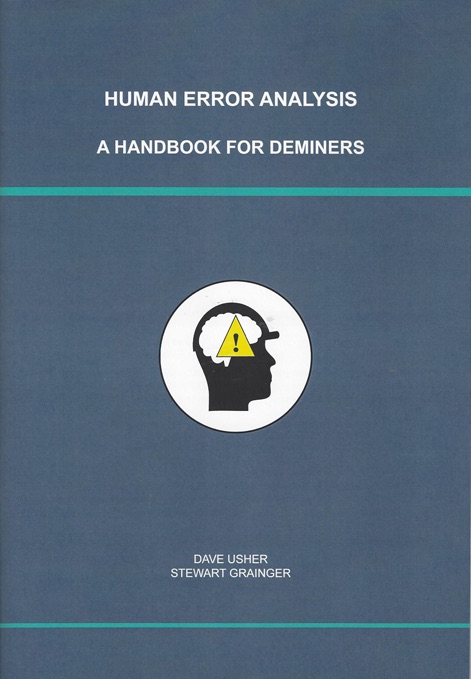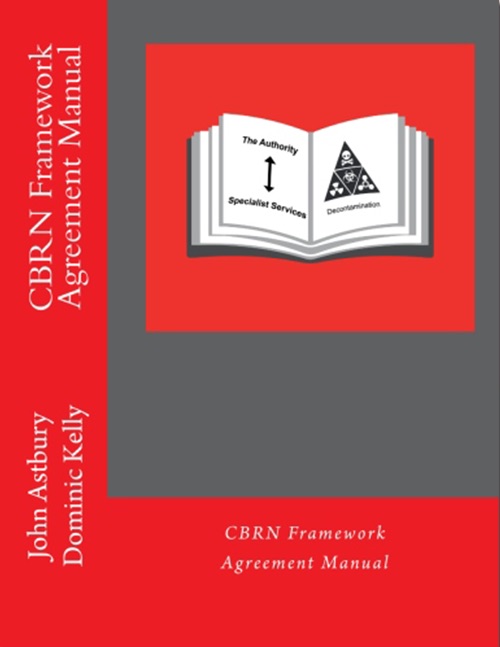Our Publications
The content of these handbooks was co-financed by the Connecting Europe Facility of the European Union.
The work emanates from projects:
- Project MAGNETO (Grant Agreement 786629)
- PRACTICE (Grant Agreement 261728)
- EDEN (Grant Agreement 313077)
- SUBCOP (Grant Agreement 312375)
- D-BOX (Grant Agreement 284996)
The contents of these publications are the sole responsibility of CBRNE Ltd and do not necessarily reflect the opinion of the European Union.

Ethical Assessment Regarding the Use or Misuse of AI Systems for Law Enforcement: A Handbook for Law Enforcement Officials
ISBN 978-0995462793

Ethical Assessment of the Use / Mis-use of Terrorism Countertools – A Handbook for Enforcement Officials
ISBN 978-0-9954627-8-6

Personal Protective Equipment – A Handbook for CBRN Incident Responders
ISBN 978-0-9954627-6-2

Crisis Communication – A Handbook for CBRNE Incident Responders
ISBN 978-0-9954627-5-5

Ethical Challenges in the Development of Less-than-Lethal Technology
ISBN 978-0-9954627-4-8

Ethical Challenges in using Less Than Lethal Weapons in Law Enforcement
ISBN 978-0-9954627-3-1

Human Error Analysis – A Handbook for Deminers
ISBN 978-0-9954627-2-4

An Aide Mémoire – A Handbook for Deminers
ISBN 978-0-9954627-1-7

Cultural Guidelines for Humanitarian Demining
ISBN 978-0-9954627-0-0

Safe Room Design
ISBN 978-1500588007

Protocol for the justification of risk from residual contamination
ISBN 978-1500655525

Guidance Document to identify criteria for the suitable temporary waste storage facilities
ISBN 978-1500619527

CBRN Remediation Plans and Templates: Plan templates and guidance notes for remediation following a CBRN terrorist attack.
ISBN 978-1500850661

CBRN Framework Agreement Manual: A Guide for setting up equipment agreements ahead of CBRN Incidents.
ISBN 978-1500403669



